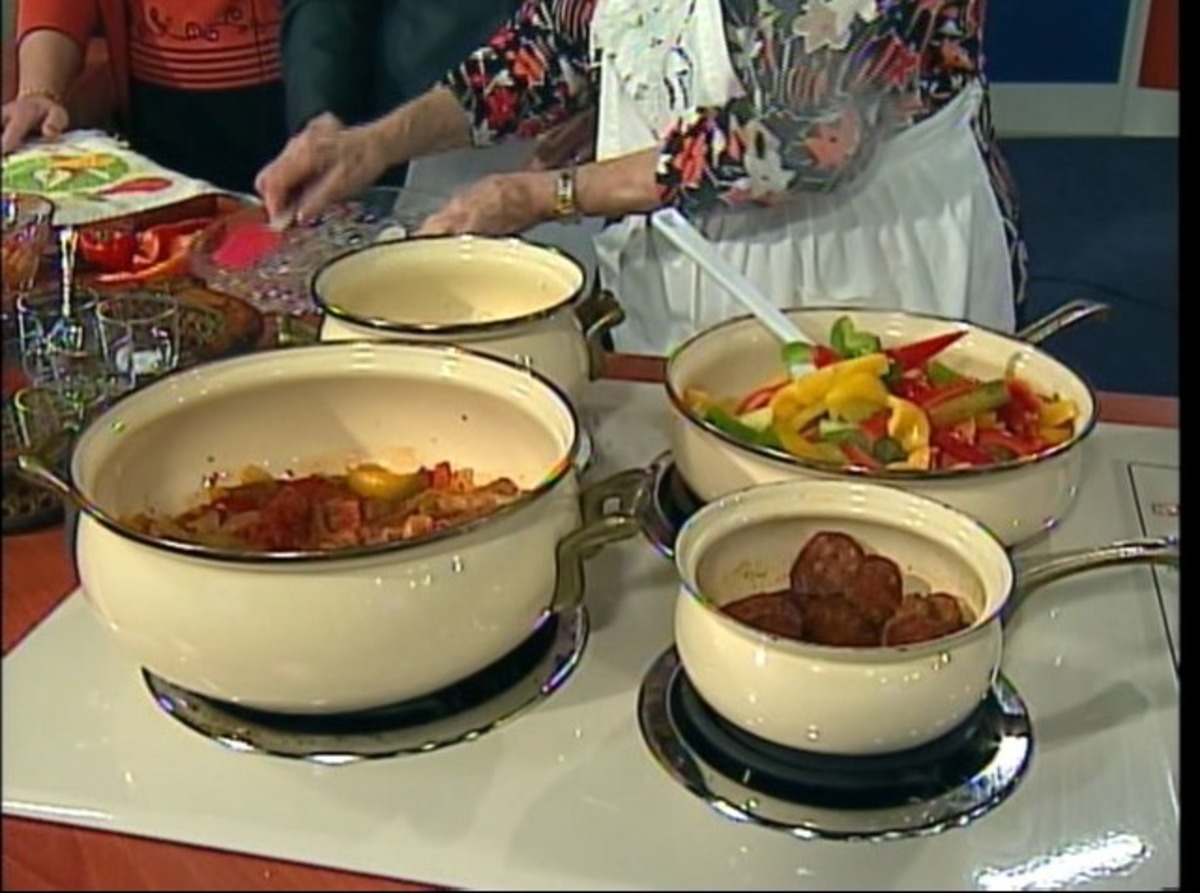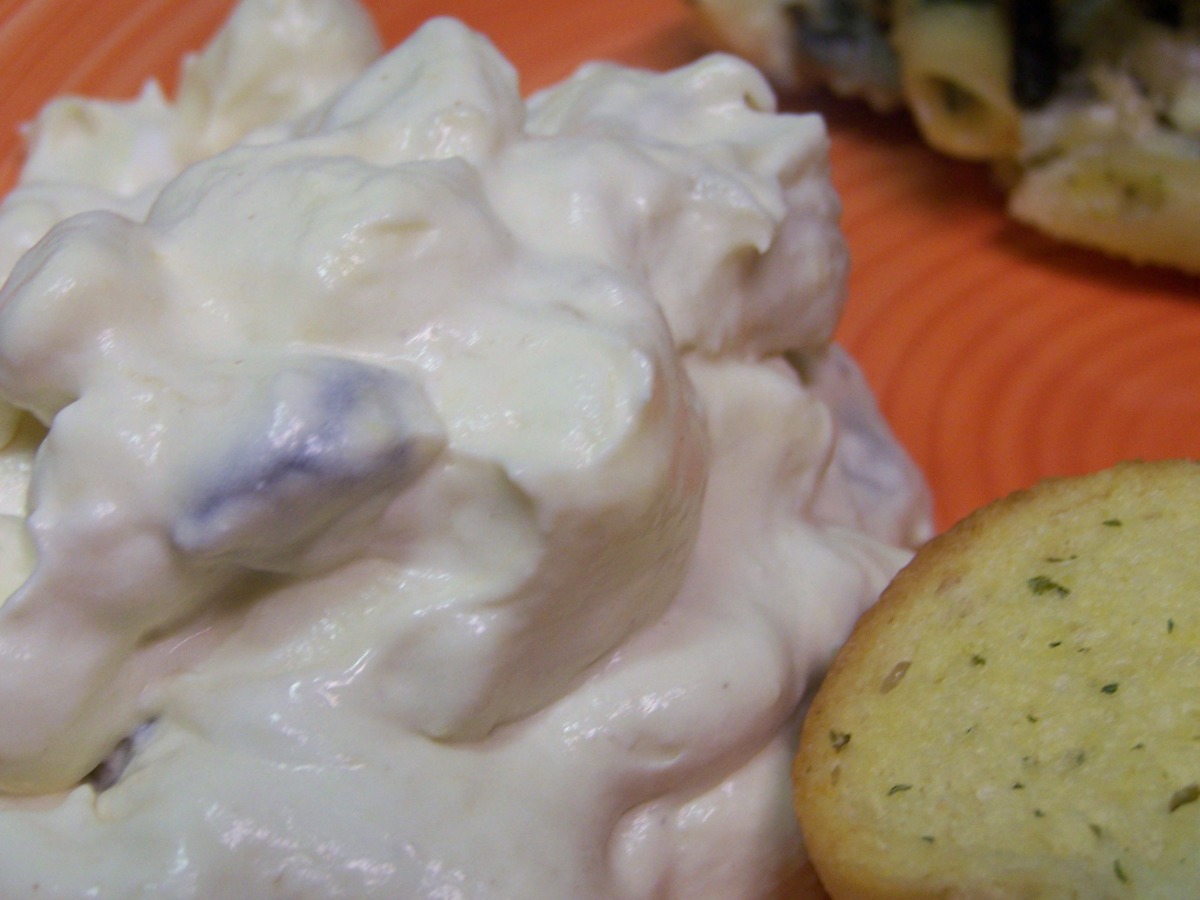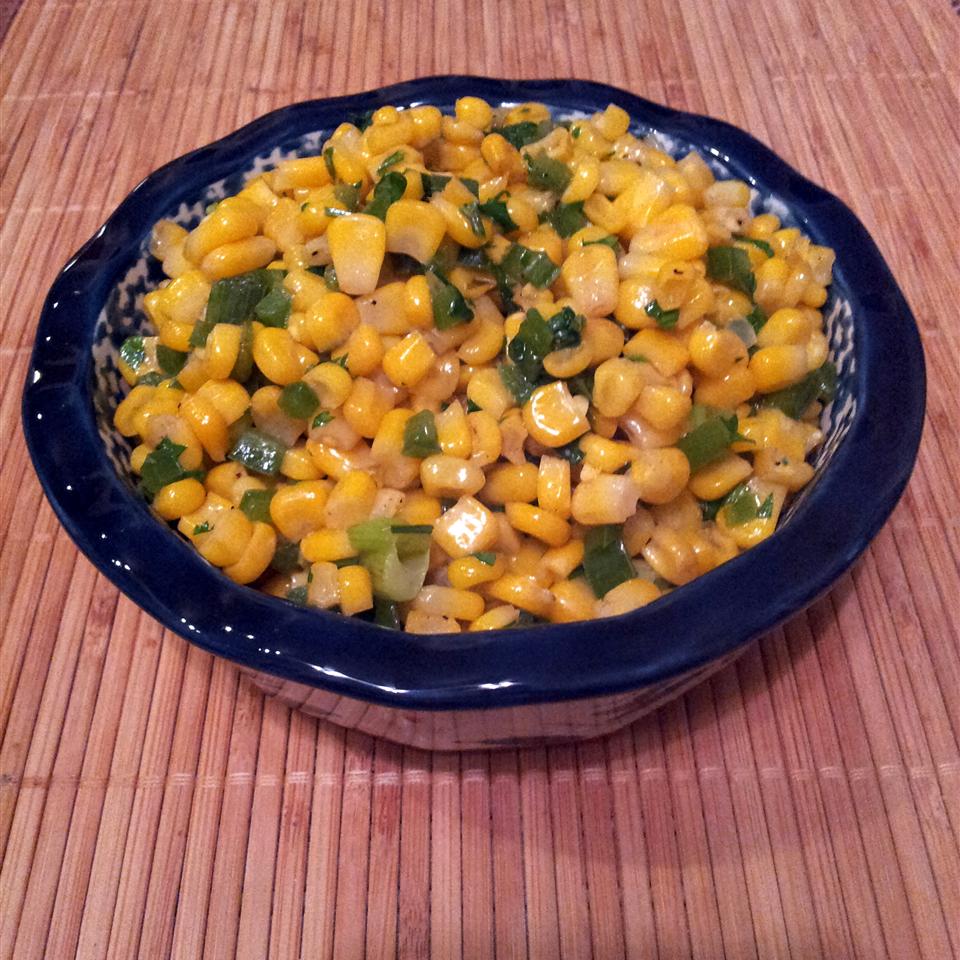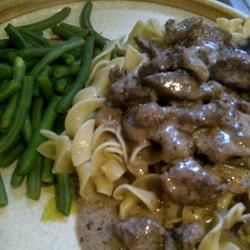Lecho is a traditional Hungarian dish that has become popular in many countries around the world. It is a stew made with bell peppers, tomatoes, onions, and spices. Lecho can be served as a main course or as a side dish. It is often served with rice, potatoes, or bread. There are many different variations of lecho, but the basic ingredients remain the same. Some common variations include adding meat, such as sausage or chicken, or adding other vegetables, such as zucchini or eggplant. Lecho can also be made spicy by adding chili peppers or paprika. In this article, we will provide you with three delicious lecho recipes that are sure to please everyone at your table. The first recipe is for a classic lecho, made with bell peppers, tomatoes, onions, and spices. The second recipe is for a spicy lecho, made with chili peppers and paprika. The third recipe is for a vegetarian lecho, made with zucchini and eggplant instead of meat. No matter which recipe you choose, you are sure to enjoy this delicious and versatile dish.
Let's cook with our recipes!
LECSO - HUNGARIAN PEPPER STEW

Lecso or letscho - a typical Hungarian pepper stew, a delicious vegan meal with rice or a perfect side dish for any kind of dish.
Provided by Adina
Categories Stews
Time 1h
Number Of Ingredients 10
Steps:
- Cook onions: Quarter the onion and thinly slice the quarters. Heat the oil and cook the onion until slightly golden. Add 3 tablespoons water, cover the pot and cook the onions until soft, about 10 minutes. Stir several times in between.
- Add peppers: In the meantime, deseed the chili and the peppers and slice them thinly. Add them to the pot, add another 2-3 tablespoons of water, cover, and cook on low heat for further 10 minutes.
- Add the sweet and the hot paprika powder and stir well to coat the vegetables.
- Add the chopped tomatoes or the tomatoes from the can including all their juices. If using fresh tomatoes you might need to add a bit more water, it really depends on how juicy they are. Start with 2-3 tablespoons and add more later if the dish looks dry.
- Simmer: Stir well and cook for further 15-20 minutes or until the vegetables are soft. Adjust the taste with salt and pepper.
- With eggs: If you would like to add the eggs, whisk them well in a small bowl, add some salt and pepper and pour them into the lecso. Stir and cook the eggs gently until they are set.
- Serve: Sprinkle the dish with lots of chopped parsley and serve with rice, polenta, or bread or as a side dish for meat, fish, or sausages (only the eggless version is suitable as a side dish).
Nutrition Facts : ServingSize 1 /4 of the dish, Calories 292 kcal, Carbohydrate 28 g, Protein 12 g, Fat 16 g, SaturatedFat 3 g, Cholesterol 25 mg, Sodium 653 mg, Fiber 5 g, Sugar 11 g, UnsaturatedFat 10 g
HUNGARIAN LECSO - PEPPER, SAUSAGE AND TOMATO STEW

Here is an ancient dish which originated in Serbia. Lecso is very versatile and essentially, is a stew of onions, various shaped and sized peppers including hot and yellow banana peppers, tomatoes and paprika. By adding sliced Kolbász, it becomes a main dish. Served as a side dish with any breaded meat; veal or pork is a perfect match. Excellent with scrambled eggs for breakfast! Many people refer to this is the Hungarian Ratatouille.
Provided by Chef Czegeny
Categories Peppers
Time 30m
Yield 4-6 serving(s)
Number Of Ingredients 16
Steps:
- METHOD: In a heavy, straight-sided sauté pan or a casserole (like a Dutch Oven), melt three generous tablespoons of delicious lard.
- Prepare all peppers, core, devein and cut into 4-6 long narrow wedges.
- Cut onions into ½ moon slices. Place onions and peppers into the lard on high heat. Stir-fry until it becomes like a stew, cooked, but still firm; only about 6-8 minutes - no longer, you want the integrity of the peppers to remain in tact and the bright colours to stay. Then, add all seasonings, stewed tomatoes and paste.
- Adding the Hungarian Sausage: Take 1 pair of Hungarian Kolbász (Sausage) and slice it on the "diagonal" - the visual effect is important. You can add the slices right into the pepper stew and let it stew together if it's not too dry. Other sausage variations like Debrecen are ideal, but the drier ones, like the Gyulai sausage are exceptionally delicious. Note: if the sausage is too dry - stew beforehand in ½ cup water in a shallow saucepan for 10-15 minutes before adding it to the peppers. (Add both stewing liquid and sausage to the peppers).
- Let simmer until all flavours are melded; about 4-6 minutes. Warning - when you are stirring, use a wooden slotted spoon so as not to break up the peppers - you are not going for baby food!
- Serving Suggestions: Serve with fluffy white jasmine rice and/or fresh Hungarian white bread. You can jazz it up or play it down. However you use, it you will find it to be very complimentary with a variety of your favourite dishes.
Tips:
- Choose ripe and firm vegetables for the best flavor and texture.
- Cut the vegetables into uniform pieces so they cook evenly.
- Use a large pot or Dutch oven to make sure there is enough room for all the vegetables.
- Bring the mixture to a boil, then reduce heat and simmer for the recommended amount of time.
- Stir the mixture occasionally to prevent the vegetables from sticking to the bottom of the pot.
- Taste the lecho before serving and adjust the seasonings as desired.
- Lecho can be served as a side dish, appetizer, or main course.
- It can also be used as a condiment or spread.
Conclusion:
Lecho is a versatile and delicious dish that can be enjoyed in many different ways. With its sweet and tangy flavor, it is a great addition to any meal. The tips provided in this article will help you make the best lecho possible. So next time you are looking for a new and exciting dish to try, give lecho a try. You won't be disappointed!
Are you curently on diet or you just want to control your food's nutritions, ingredients? We will help you find recipes by cooking method, nutrition, ingredients...
Check it out »
You'll also love










